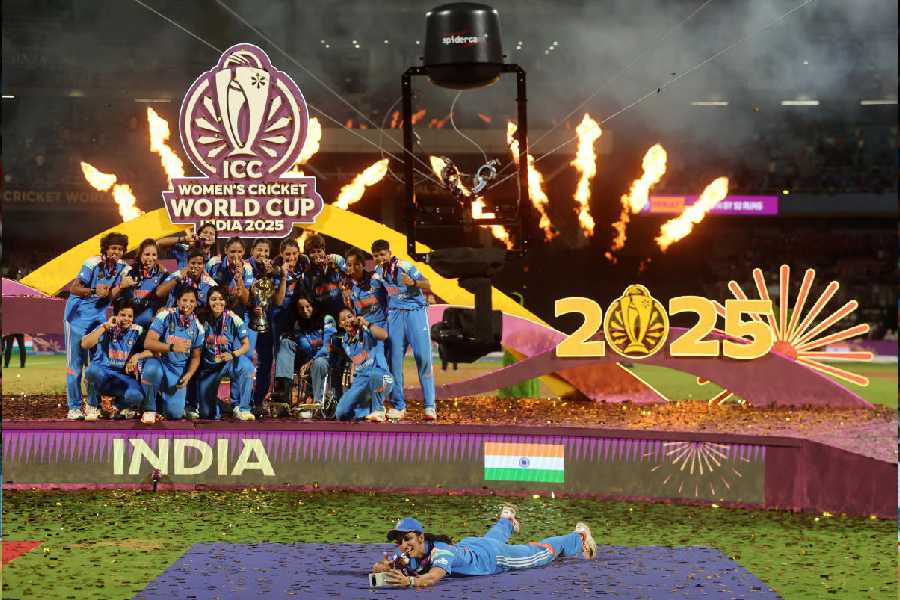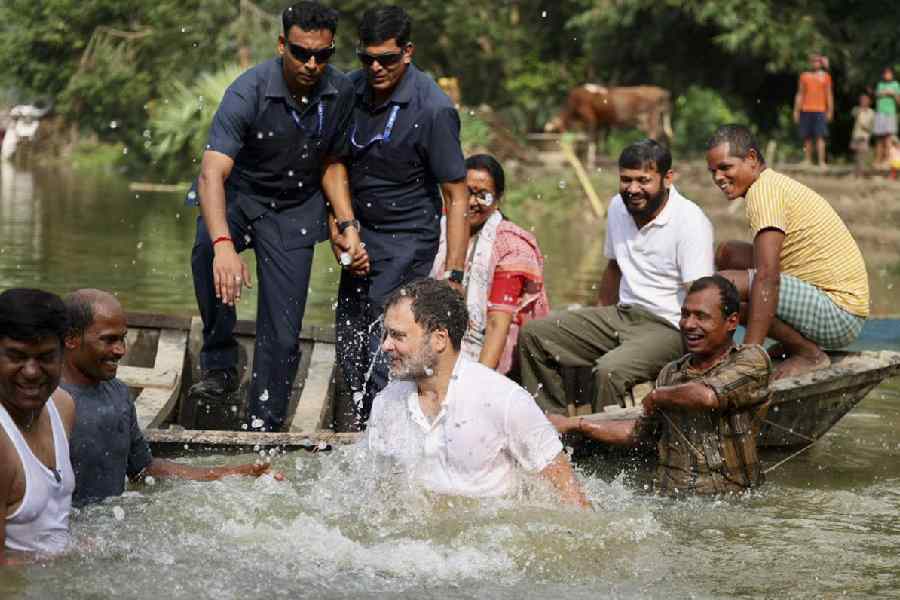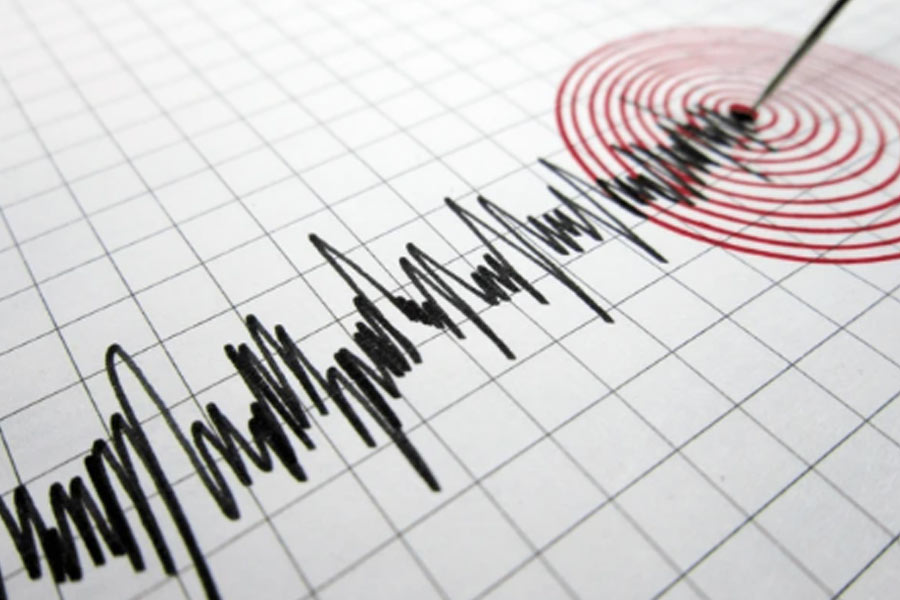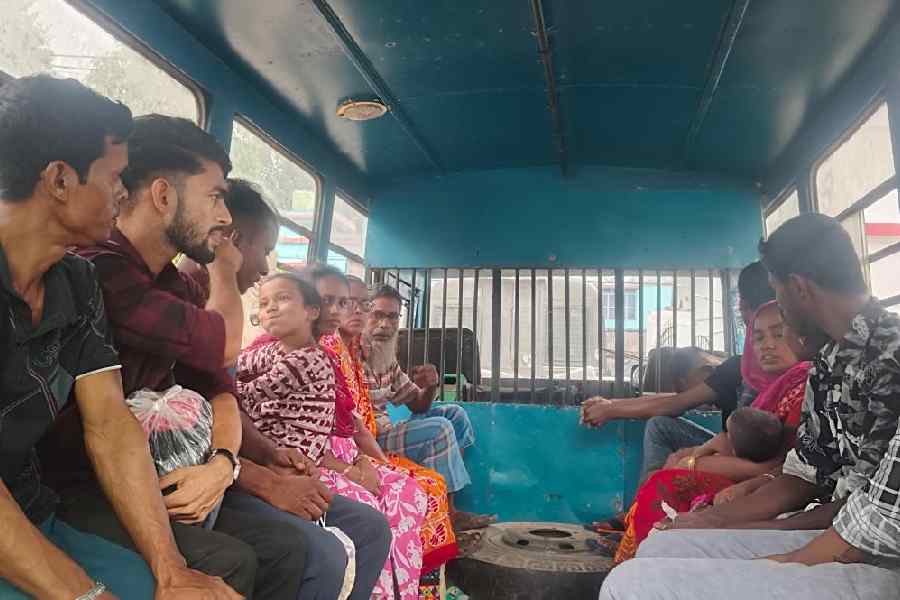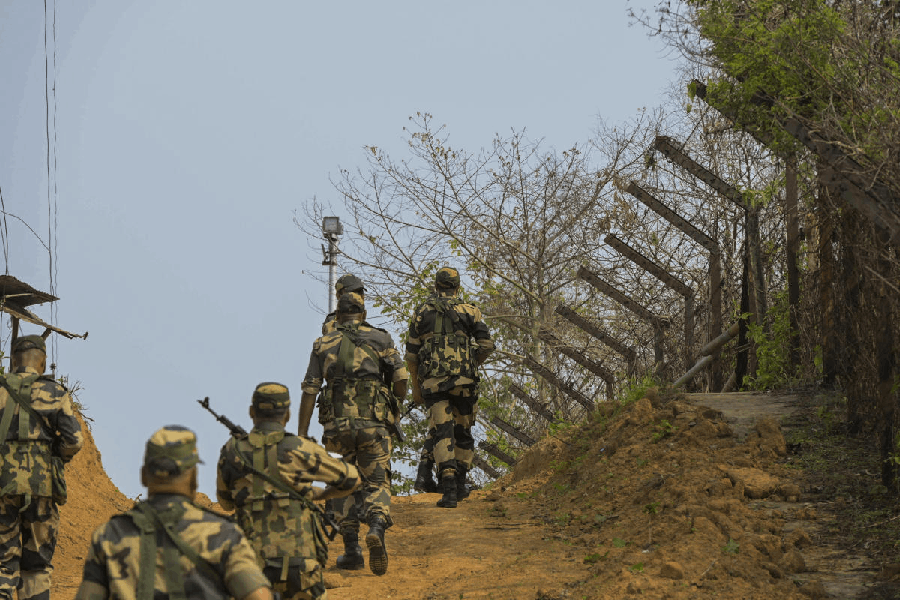nThe man who perpetrated this disaster was made a hero by his British supporters, who idolised him as the ‘Saviour of India’. To almost all Indians, then and now, Dyer was a monster. Yet this was a man, born in India, who was more of a stranger to the English than he ever was to the Indians amongst whom he lived almost all his life. He was a man upon whom was conferred the unheard of honour of being made a Sikh in the Golden Temple in Amritsar. He was an officer revered, even loved, by his Indian troops.
nThe firing continued between ten and fifteen minutes. The noise in the Bagh was a cacophony of rifle crack, bullets thumping into flesh and walls, ricochets screeching off the brickwork, the screams of 25,000 people in terror and the cries of the wounded.
nDyer was later to explain that his action at the Jallianwala Bagh stopped the spread of insurrection in the Punjab.
nOnce, a white-haired old lady, carried a wreath with a card, which read: “To the great, gallant, splendid, noble soldier, General Dyer, from a Major’s daughter”.
nIn India, the British Indian press continued its self-defeating campaign of rubbing salt in Indian wounds. The Civil and Military Gazette had a front page devoted to Dyer and quoted Sir Michael ’Dwyer’s words: “General Dyer was the last man in the world to use force recklessly or until it was absolutely necessary.”
nIt was his misfortune that, on that April evening in Amritsar, he unleashed the forces that were to destroy the India he had spent his life trying to preserve.


